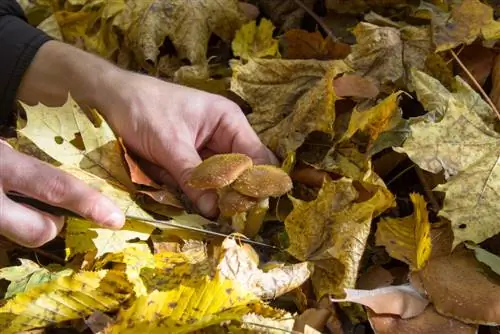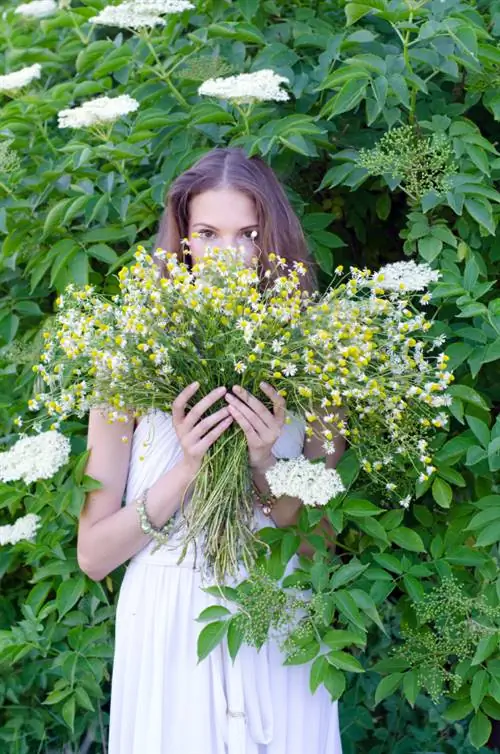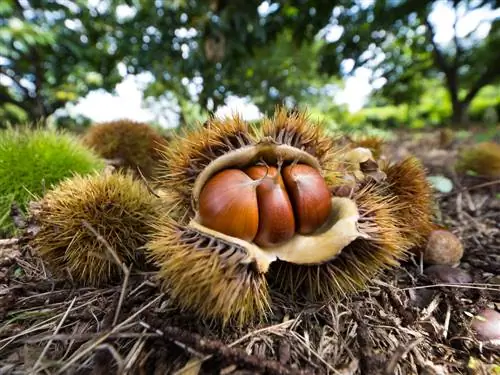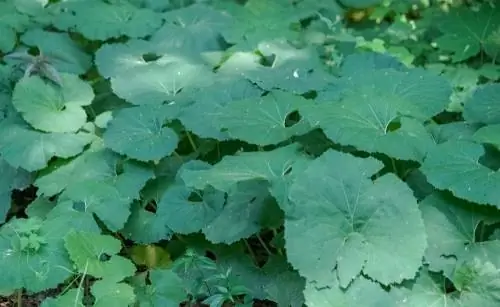- Author admin [email protected].
- Public 2023-12-16 16:46.
- Last modified 2025-01-23 11:21.
Fly agaric, chanterelle and porcini mushrooms are familiar to almost everyone. But where exactly are they hiding and how can you be sure you don't accidentally catch a poisonous mushroom?
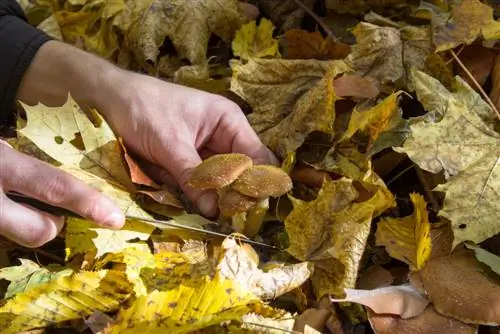
How to collect edible mushrooms correctly and safely?
Exact knowledge is essential when collecting edible mushrooms. Use a checklist to make the identification, check the place of growth, shape, surface and underside of the hat, as well as the flesh and smell. Only collect for your own use and if you are unsure, consult a mushroom advisor.
Basic rules for collecting
Correct collection is very important because mistakes can be very damaging to the forest and the mushroom population. For this reason, the following basic rules apply to the mushroom hike:
- Small, old and unknown mushrooms remain standing.
- Even clear poisonous mushrooms should not be destroyed.
- They are an important part of the forest's metabolism.
- In general, you should only collect for your own use.
- Whole specimens are necessary for exact identification.
- That's why don't cut the mushrooms off at the base, but carefully twist them out.
- Close the resulting opening with your hands.
- This prevents the mycelium from drying out.
- Only take one or two of unknown or dubious specimens with you.
- Keep these separate from the other copies.
You should also remember that mushrooms do not last long and therefore need to be processed on the same day if possible.
Equipment
It is best to use a basket that is not too high when collecting mushrooms. For example, a woven wicker basket is ideal, but the chip baskets, which you often get free when you buy strawberries, are also very suitable. Plastic bags, bags or nets, on the other hand, are unsuitable as the mushrooms are pressed too hard and therefore become mushy. You should also take a knife (preferably a mushroom knife with a small brush at the end of the handle) with you. You need this for cutting and for pre-cleaning of forest residues and maggots.
Identify mushrooms safely
Many species of mushrooms look very similar and their characteristics listed in mushroom books seem quite confusing to inexperienced collectors. The checklist will make your identification easier, and you should also remember the typical identifying features of the ten most common edible mushrooms and those of their counterparts. If you are unsure about identifying a mushroom, don't eat it. If in doubt, always show your find to a certified mushroom consultant.
Checklist
- Where does the mushroom grow, which trees are in its immediate vicinity?
- Does the mushroom grow singly, in groups or in clumps?
- Does the mushroom have a stem and cap or a completely different shape?
- Does the mushroom have tubes, lamellae or ridges on the underside of the hat?
- What color are these?
- Does the stem have a ring?
- Does the stem have a net and if so, what color is it?
- Does the meat change color when touched or cut?
- What does the mushroom smell like?
Since many mushrooms are poisonous raw, you should never try them to identify them. Exception: You want to distinguish the edible boletus from the inedible gall boletus.
Identifying poisonous mushrooms
There are many deadly poisonous mushrooms that appear quite inconspicuous. These include, for example, the poisonous snout, which looks very similar to the stick sponge. Rough heads and the green death cap mushroom are also tough: symptoms often only appear days or even weeks later after a meal. Saving treatment is then no longer possible. Other species, such as the Satan's boletus, usually immediately cause severe digestive problems with abdominal pain and diarrhea.
Tip
These characteristics do not indicate the edibility of a type of mushroom: Even poisonous mushrooms change color / do not change color, are eaten by snails or taste mild when raw in a taste test.

